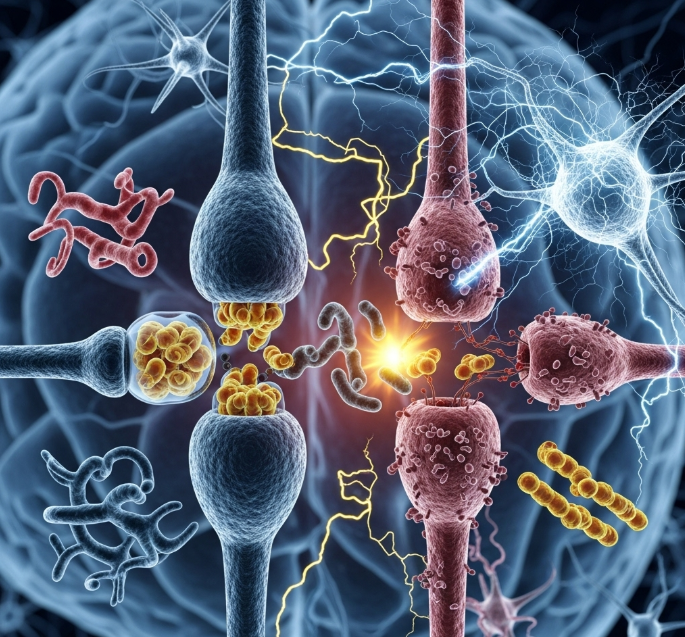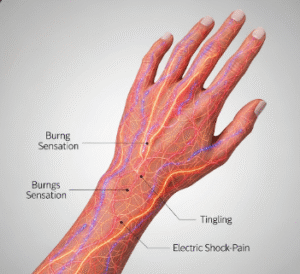Overview
Synaptic transmission disorder refers to a group of neurological conditions that affect the communication between nerve cells (neurons) at the synapse. This disruption can impair the brain’s ability to process information, leading to problems with movement, cognition, sensation, or other neurological functions. These disorders can be congenital (present from birth) or acquired later in life due to injury, disease, or toxins.
What is Synaptic Transmission Disorder?
Synaptic transmission disorder is a condition in which the process of transmitting chemical or electrical signals between neurons is impaired. Normally, nerve cells communicate via neurotransmitters that cross the synaptic gap to activate receptors on another neuron. In this disorder, problems can arise due to abnormal neurotransmitter release, receptor dysfunction, defective ion channels, or impaired synaptic vesicle recycling. Examples include congenital myasthenic syndromes, certain epilepsies, and neurotransmitter metabolism disorders.
Symptoms
- Muscle weakness or fatigue
- Poor coordination or ataxia
- Learning difficulties or developmental delays
- Memory problems
- Tremors or involuntary movements
- Seizures
- Vision or hearing disturbances
- Mood or behavioral changes
Causes
- Genetic mutations affecting neurotransmitter release or receptor function
- Autoimmune diseases such as myasthenia gravis
- Neurodegenerative disorders (e.g., Alzheimer’s disease, Parkinson’s disease)
- Brain injury or stroke
- Toxin exposure (e.g., botulinum toxin, heavy metals)
- Infections affecting the nervous system
Risk Factors
- Family history of neurological or genetic disorders
- Autoimmune conditions
- Chronic exposure to neurotoxins
- Advanced age
- History of head trauma or brain injury
- Certain viral or bacterial infections affecting the brain
Complications
- Permanent muscle weakness or paralysis
- Progressive cognitive decline
- Chronic pain or neuropathy
- Increased risk of falls and injuries
- Severe seizures leading to brain damage
- Reduced independence and quality of life
Prevention
While genetic causes cannot be prevented, risk can be reduced by:
- Avoiding exposure to known neurotoxins
- Managing autoimmune conditions early
- Using protective headgear to prevent brain injuries
- Prompt treatment of infections
- Regular neurological checkups for at-risk individuals
Treatment Options in Korea
South Korea offers advanced diagnostics and treatment for synaptic transmission disorders, combining neurology, genetics, and rehabilitation medicine. Options may include:
- Medications: Anticonvulsants, cholinesterase inhibitors, muscle-strengthening drugs, or neurotransmitter replacement therapies
- Immunotherapy: Steroids, intravenous immunoglobulin (IVIG), or plasmapheresis for autoimmune-related cases
- Gene therapy (in research or clinical trials) for certain congenital forms
- Neurorehabilitation: Physical, occupational, and speech therapy
- Assistive devices to improve mobility and daily living
- Advanced imaging and genetic testing for accurate diagnosis













